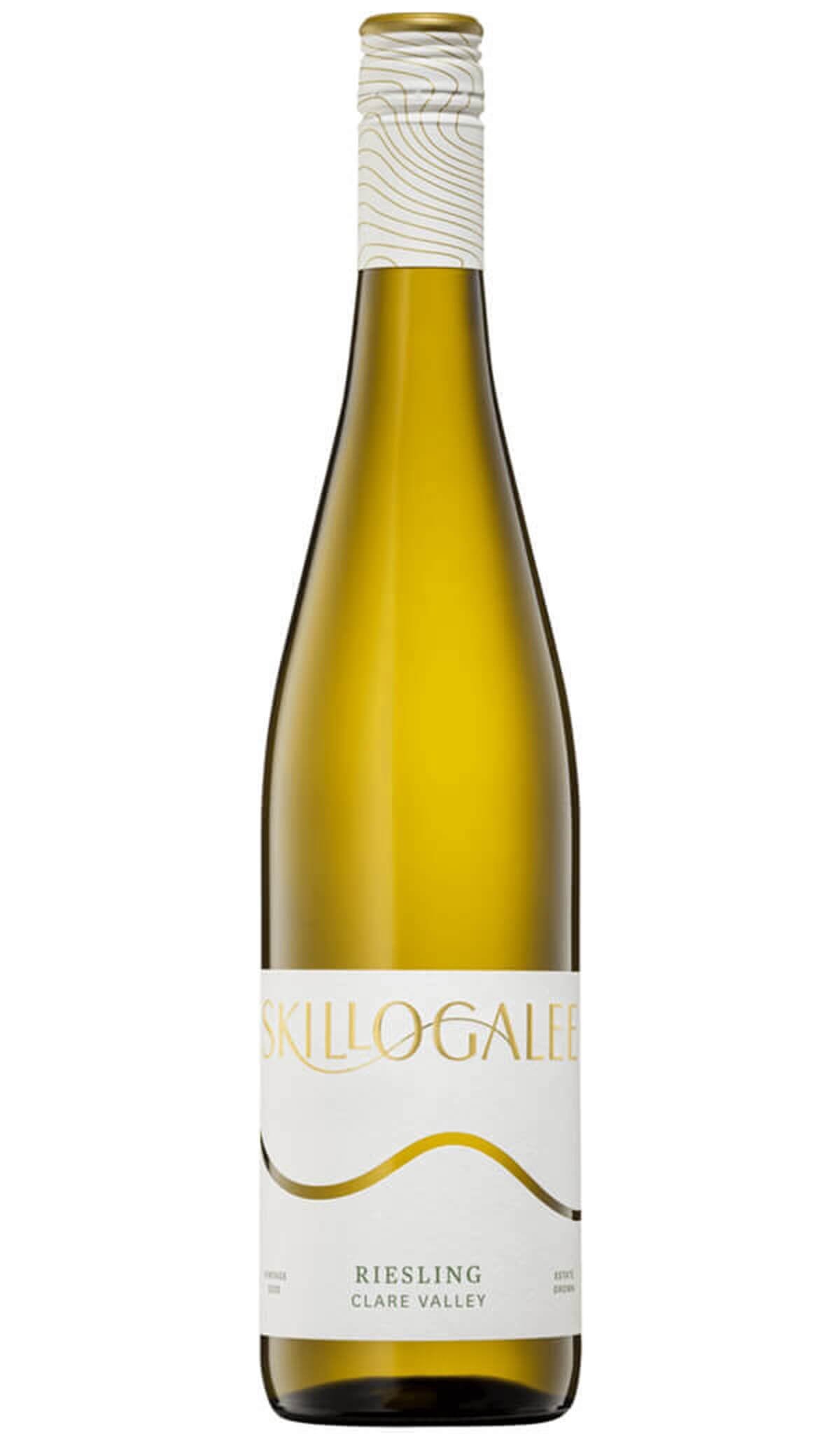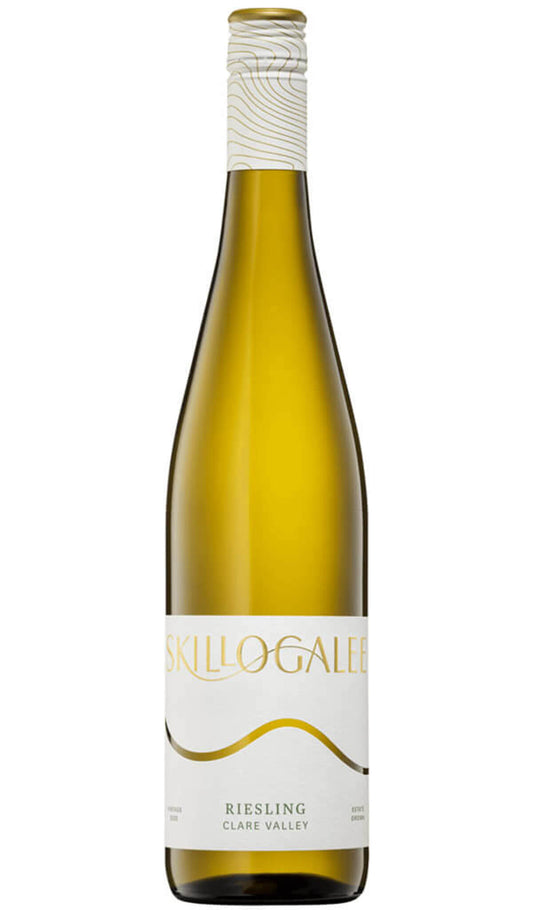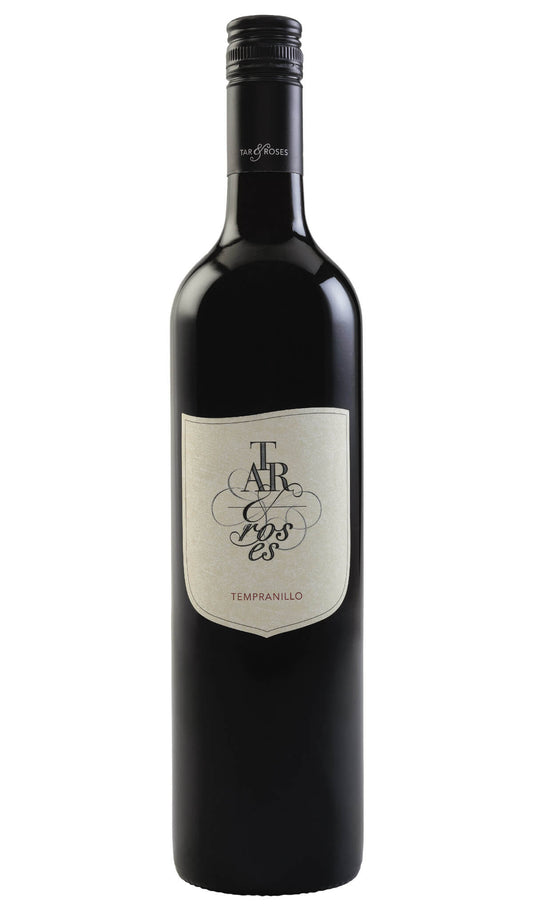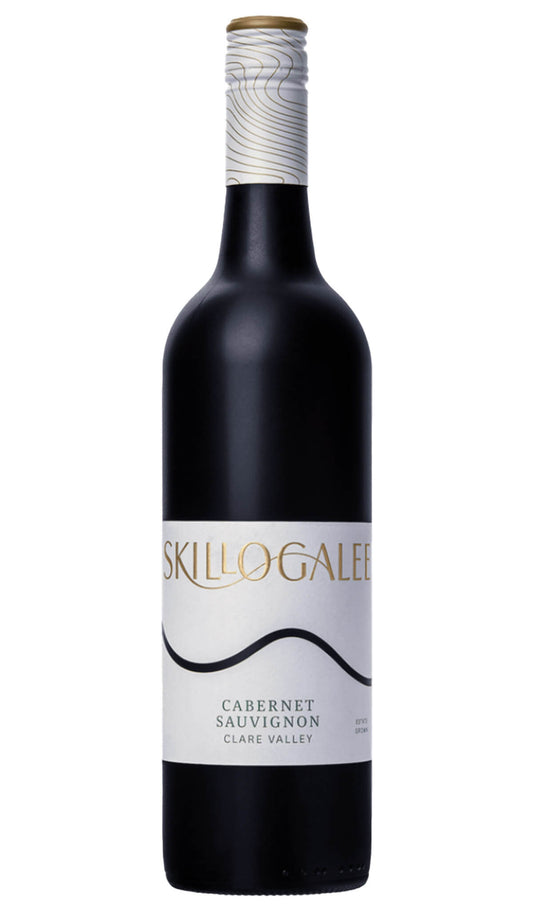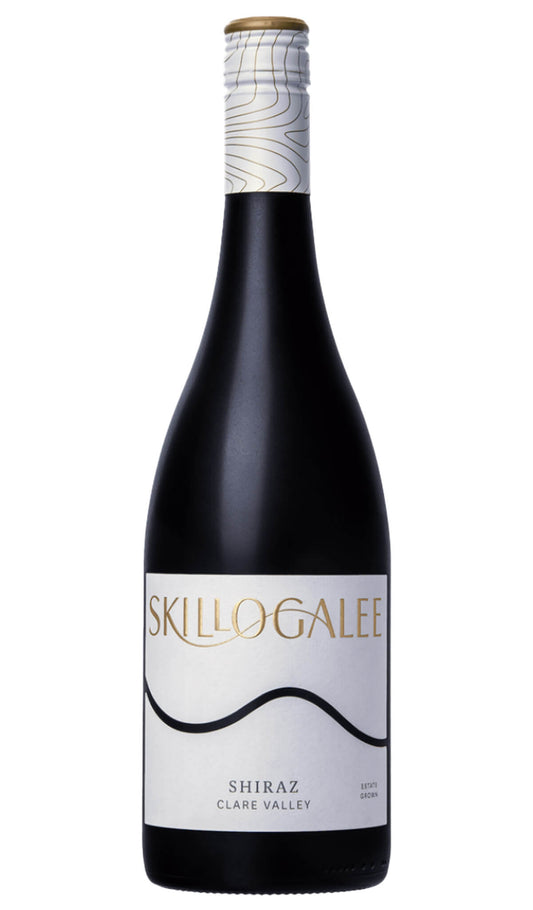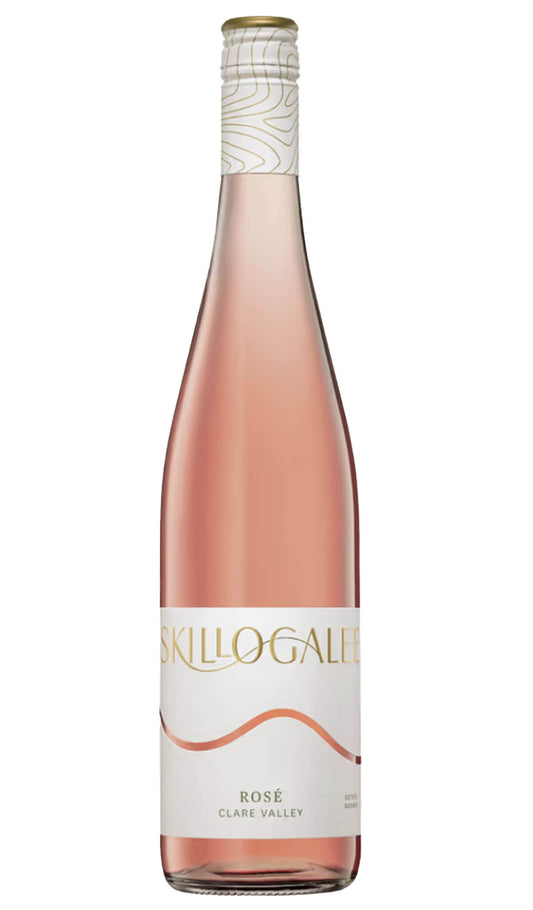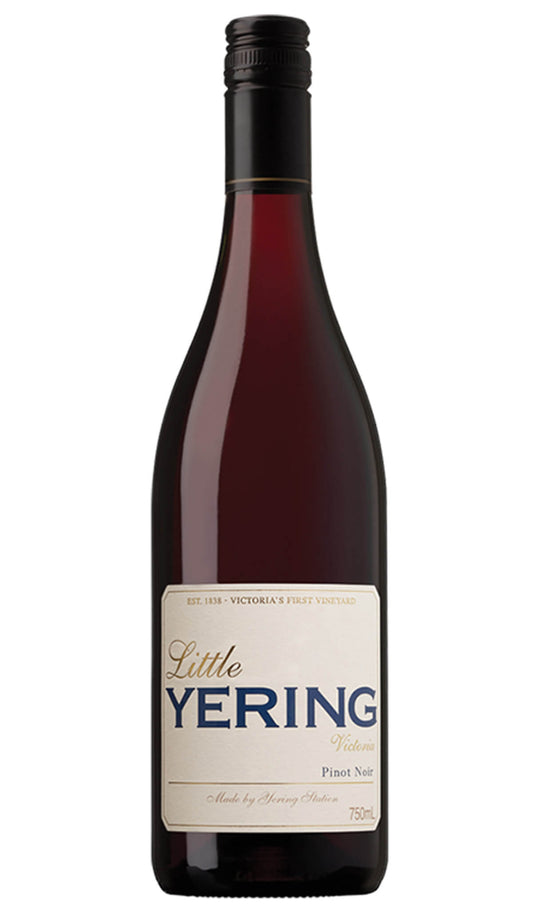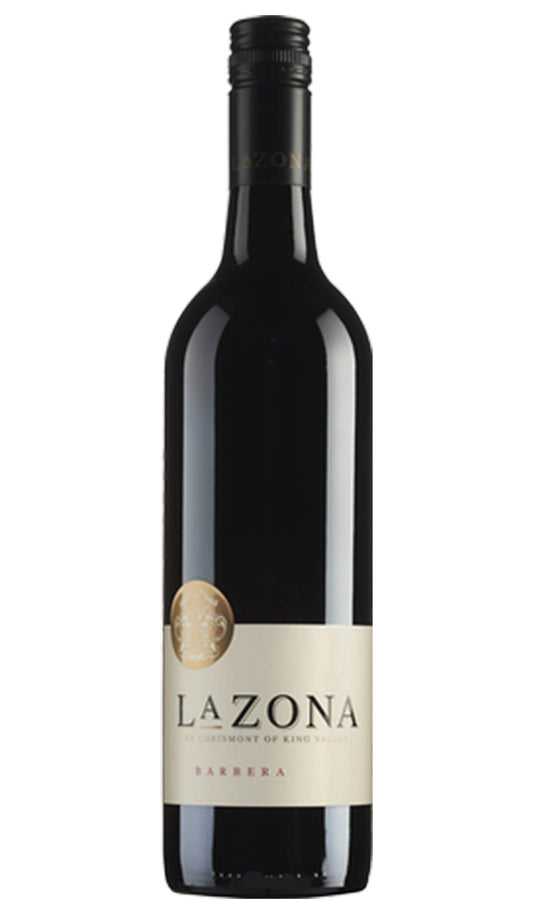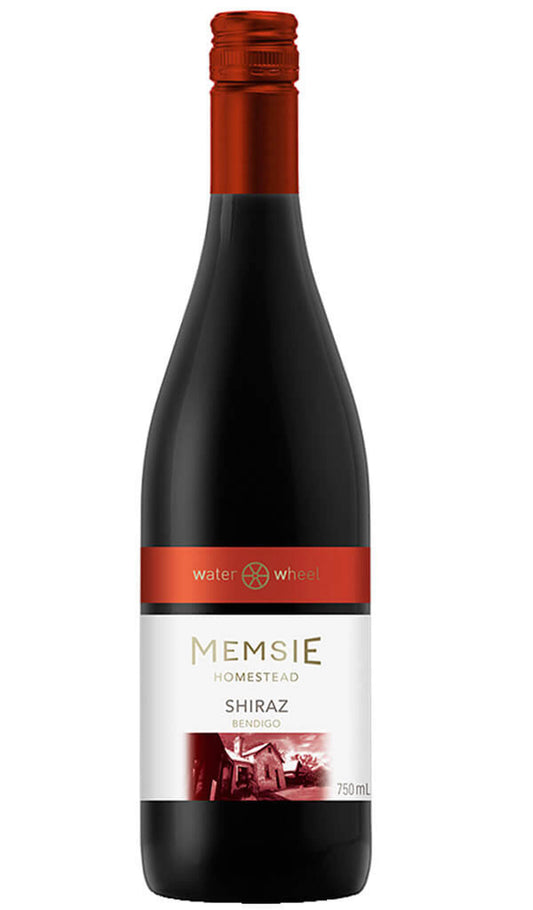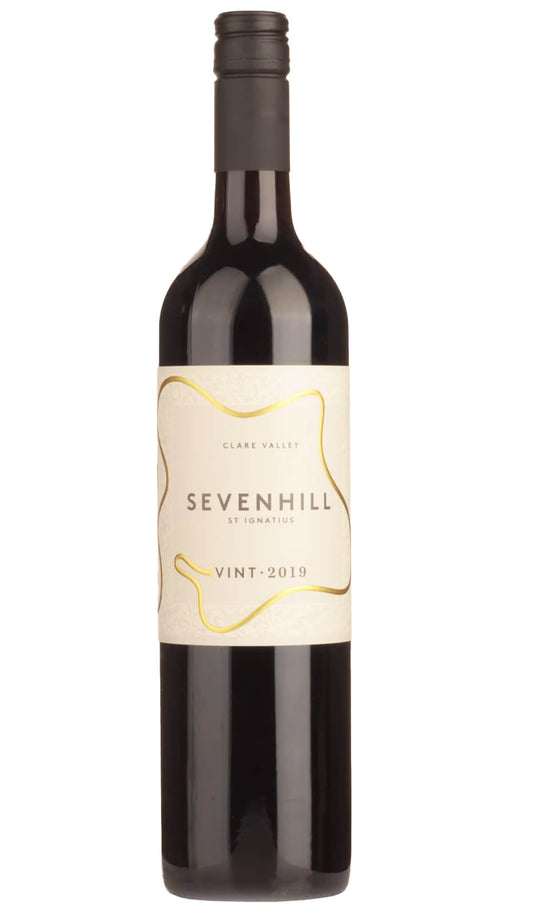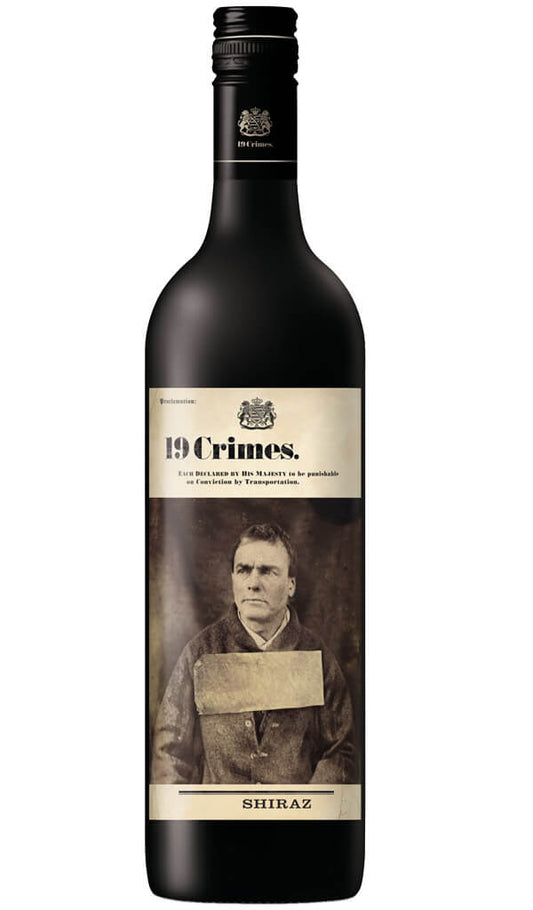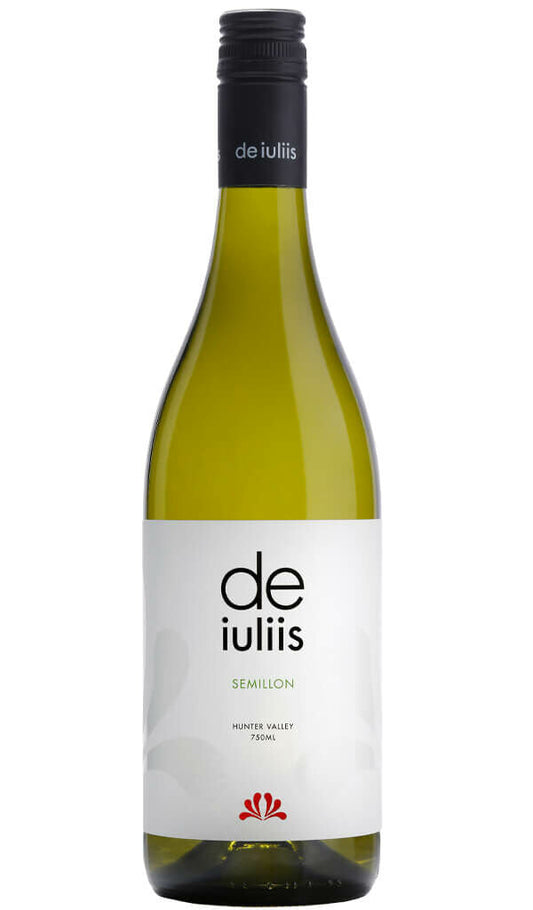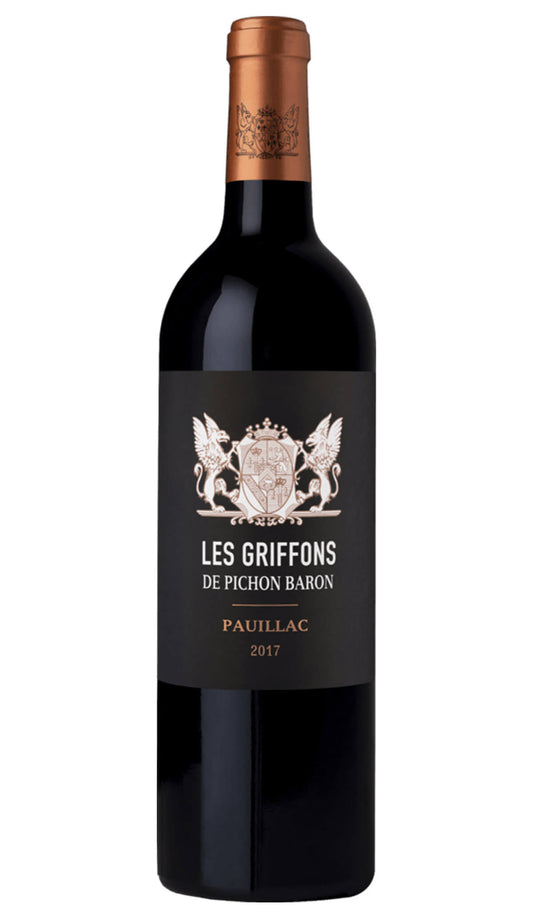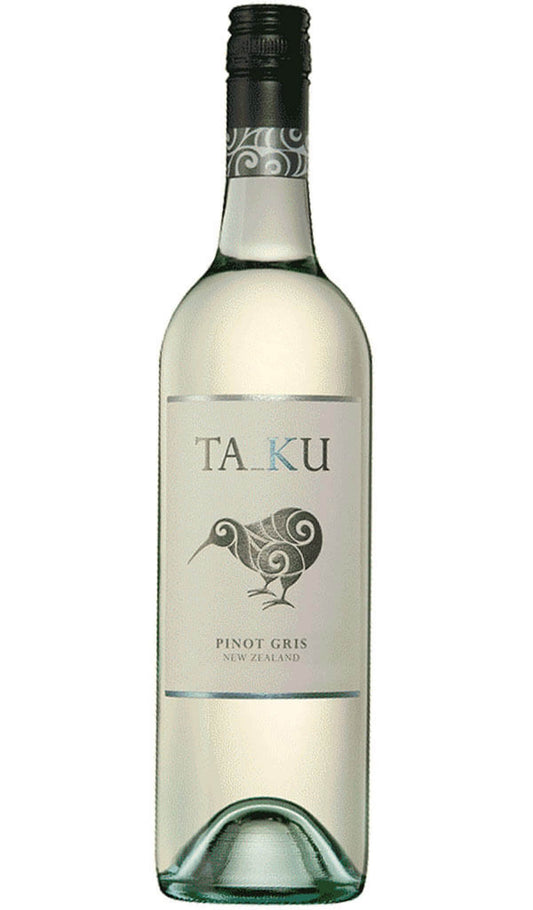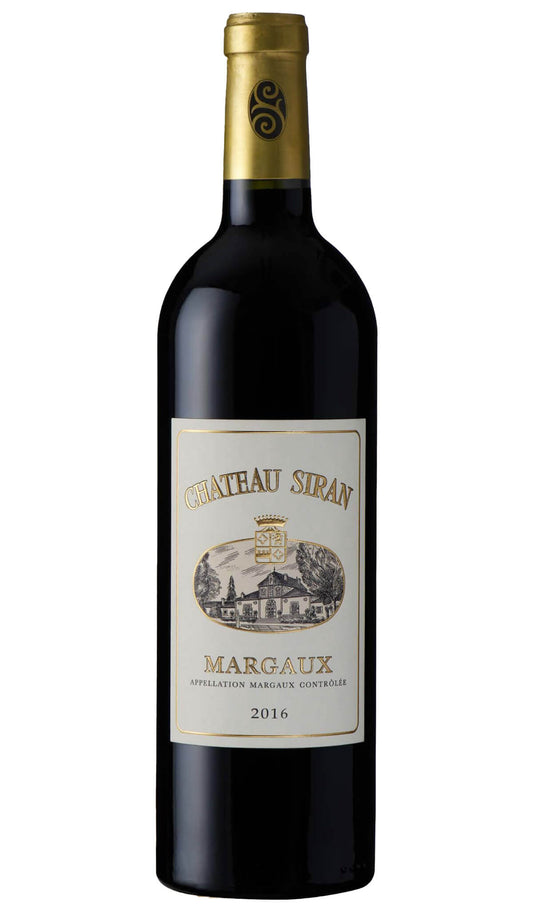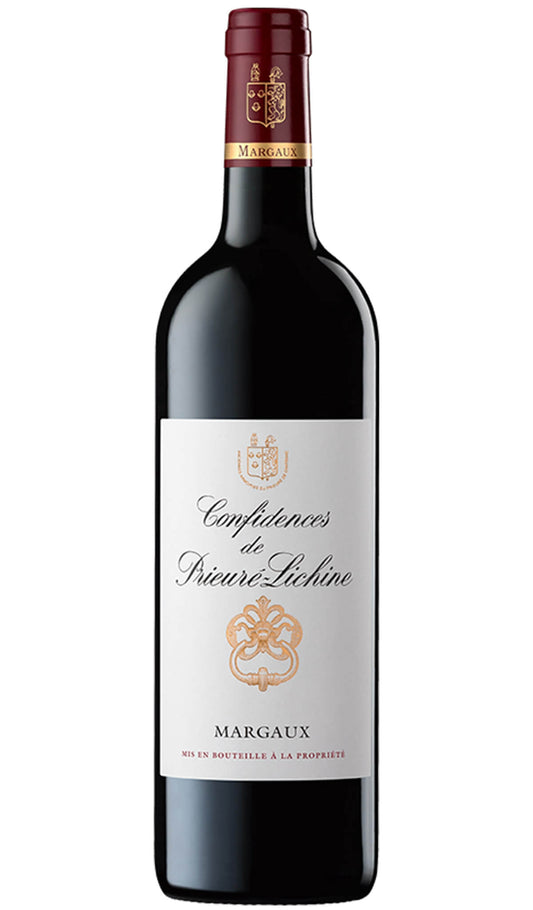Pikes
Pikes Traditionale Riesling 2018 (Clare Valley)
Pikes Traditionale Riesling 2018 (Clare Valley)
Dozen Price: $251.88
RRP: $22.99
Couldn't load pickup availability
Pikes Traditionale Riesling 2018 from Clare Valley is a brilliant pale green colour, a very attractive aroma dominated by lemon, lime, and citrus nuances and maybe some yellow peach as well. Flecks of bath powder and wet slate are also in the mix.
The palate is fresh, crisp and dry; the palate is brimming with the lemon, lime and slate characters mentioned above, all nicely balanced by bright acidity that provides much of the drive to the finish.
Reviews
"Invariably find myself drinking a few bottles of this over the warmer months.
Some spice and kaffir lime leaf, juicy citrus, pithy and chalky texture, a nice energy about it, delivering juicy flavour, crunch and a pretty impressive mouth-watering stony finish. Some gin and tonic sweetness/bitterness in the aftertaste. Excellent."
93 Points - Gary Walsh, The Wine Front, November 2018, Drink: 2018 - 2025+
✓ Vegan
Wine Specifications
Wine Specifications
Variety: Riesling
Size: 750mL
Region: Clare Valley
ABV: 11.5%
Vintage: 2018
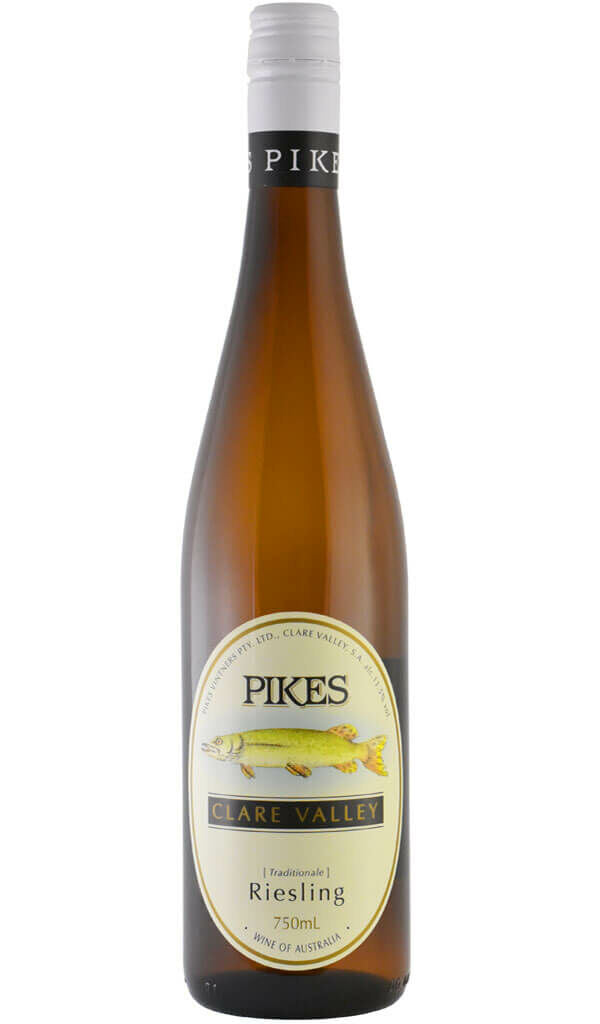
Winery & Vintage Info
In the words of Neil Pike 2018 was “A strange old year”. It was “One of the driest growing seasons I can remember” says Andrew Pike.
After the 2016-17 growing season delivered rampant rains and bumper crops, 2017-18 took us to the other extreme, challenging our water resources, reducing yields and forcing Andrew and Neil and their vineyard and winery teams to draw on all of their vast experience and know-how. Without it, Vintage 2018 could have been very awkward indeed.
Throughout the Clare Valley growing season – from October 1 to early April – Pikes normally expect 250-300mm of rain. This year they recorded less than 150mm. “That’s almost unheard of for the six-month period” Andrew said.
“We’ve been through summer droughts before” Neil said. “But we’d always get something, some precipitation in January or February to stretch out the vintage. This year the tap was turned off early December.”
That followed a winter of well below average rainfall. The dam was half empty and soil moisture reserves were down. Effectively, they entered the growing season with the tank half full.
So, it was in early December rather than early January, that the decision was made to start irrigation, after Andrew and his team noted growth was slowing in the shoot tips and soil moisture probes suggested vines were approaching stress. They drew on the dam and bore and used more of the expensive mains water allocation than they ever have before.
“It was really a gut-feeling call” Andrew said. “But, had we not irrigated early, I’m sure we would have got caught by that mid-January burst of extremely hot weather. A lot of vineyards around the area did get opened up – their vines dropped basal leaf and the fruit was open to the direct sunlight – but I think we were able to withstand that burst better than many.”
With a finite amount of water for 100 hectares of vineyards, which fruit would get enough to drink and which would be forced to struggle? “Riesling had to take priority” Neil said. “Because that’s what drives our business. Some riesling vineyards still lost leaf and we can see different characters coming from that fruit. Rather than bright, citrus, lemon-lime we see some more floral, baked apple, stressed characteristics in some parcels. But, by and large, our riesling fruit has been excellent. We kept up our water; we kept our canopies engaged. There’s enough good stuff in the tanks from us and our other growers for another great vintage of ‘Traditionale’.
“There’s a reason Clare’s known for its riesling, we seem to be able to make good stuff no matter the conditions and 2018 will be no different. We’ll make some really good wine and everyone in the Clare Valley who knows what they’re doing will make really good wine.”
“We picked our riesling early, no question” Andrew said. “We started at 10 Baume or under where we normally wouldn’t start until 10 to 10.5. Because some of those blocks had a good crop on them and didn’t really have enough leaf to really ripen the fruit to the expected level. We knew we’d have enough riesling coming in later at 11 to 11.5 Baume to balance that maturity and alcohol content. You can’t get it all off at once.”
Overall, Pikes expects to process 1650-1700 tonnes of fruit for the 2018 vintage, about 1000 tonnes of which will be riesling. Winery Notes
You may also like...
-
Skillogalee Clare Valley Riesling 2023
Regular price $22.99Regular priceUnit price / per$24.99Sale price $22.99Sale -
Tar & Roses Tempranillo 2022 (Heathcote)
Regular price $20.99Regular priceUnit price / per$23.99Sale price $20.99Sale -
Skillogalee Clare Valley Cabernet Sauvignon 2021
Regular price $27.99Regular priceUnit price / per$29.99Sale price $27.99Sale -
Skillogalee Clare Valley Shiraz 2021
Regular price $27.99Regular priceUnit price / per$29.99Sale price $27.99Sale -
Skillogalee Clare Valley Rosé 2022
Regular price $22.99Regular priceUnit price / per$24.99Sale price $22.99Sale -
Yering Station Little Yering Pinot Noir 2023 (Yarra Valley)
Regular price $17.99Regular priceUnit price / per$19.99Sale price $17.99Sale -
Chrismont King Valley La Zona Barbera 2022
Regular price $18.99Regular priceUnit price / per$19.99Sale price $18.99Sale -
Water Wheel Bendigo 'Memsie' Shiraz 2021
Regular price $9.49Regular priceUnit price / per$10.99Sale price $9.49Sale -
Sevenhill St Ignatius Cabernet Merlot Malbec Cabernet Franc 2019 (Clare Valley)
Regular price $44.99Regular priceUnit price / per$49.99Sale price $44.99Sale -
19 Crimes Shiraz 2022
Regular price $11.99Regular priceUnit price / per$12.99Sale price $11.99Sale -
De Iuliis Hunter Valley Estate Semillon 2023
Regular price $17.99Regular priceUnit price / per$19.99Sale price $17.99Sale -
Les Griffons De Pichon Baron 2017 (France)
Regular price $159.99Regular priceUnit price / per$164.99Sale price $159.99Sale -
Ta_Ku New Zealand Pinot Gris 2023
Regular price $13.99Regular priceUnit price / per$14.99Sale price $13.99Sale -
Château Siran Margaux 2016 (France)
Regular price $88.99Regular priceUnit price / per$89.99Sale price $88.99Sale -
Chateau Prieuré-Lichine Confidences De Prieuré-Lichine 2014 (France)
Regular price $97.99Regular priceUnit price / per$99.99Sale price $97.99Sale
